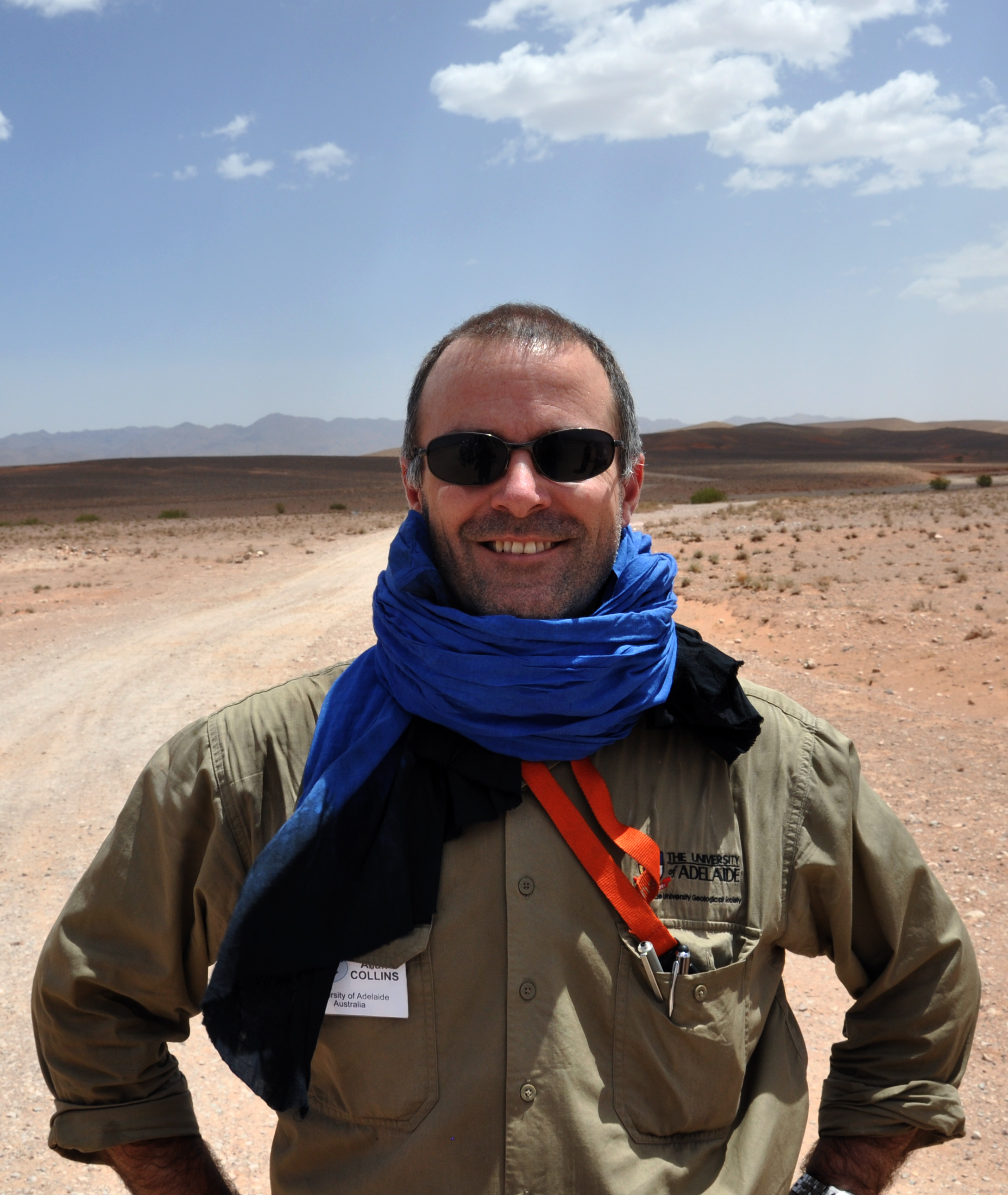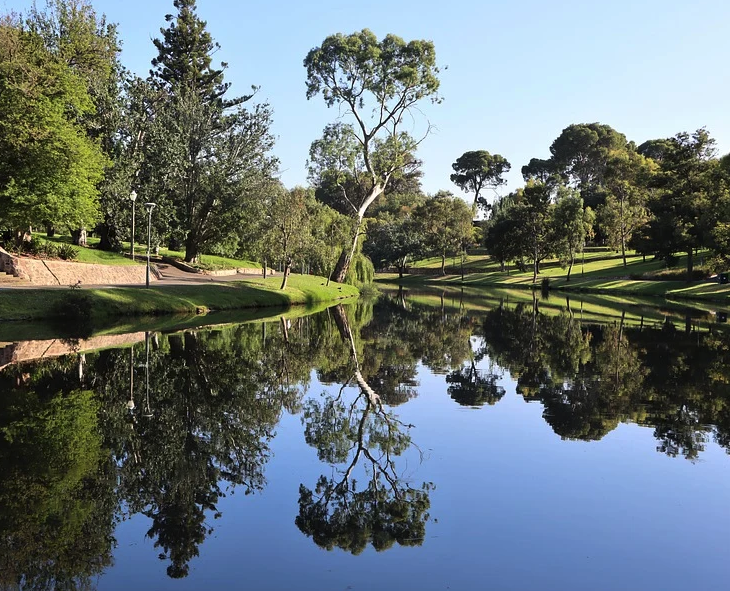The first virtual plate reconstruction of the Earth’s last billion years of geological history is providing deeper insight into what formed our planet and made it into how it is today.
Professor Alan Collins from the University of Adelaide’s Earth Sciences Department in School of Physical Sciences and Environment Institute member, is part of an international team piecing together parts of the puzzle that will help build a fuller picture of the major events that formed Earth.
In a recent interview with Cosmos Magazine Professor Collins talked about his focus, which is on the geological evidence contained in South Australia’s Flinders Ranges.
“We have developed the first full plate reconstruction of the past billion years which is a key step towards understanding how complex life began,” said Professor Collins.
“That moment can be seen in the evidence found in the Flinders Ranges when life worked out how to combine cells and make complicated creatures.
“We are trying to unravel why evolution kick-started then instead of any point in the billion years before.
“We have a million hypotheses of why life formed during the Ediacaran Period, but absolutely none of them are scientific at the moment.”
Enorama Creek in the Flinders Ranges has the only golden spike – a Global Boundary Stratotype Section and Point (GSSP) geological reference point – in the Southern Hemisphere which physically marks the geological evidence of the Ediacaran Period. The Ediacaran Period, named after the Ediacaran Hills of the Flinders Ranges, spans a geological period from 635 to 541 million years ago.
“We have developed the first full plate reconstruction of the past billion years which is a key step towards understanding how complex life began.”Professor Alan Collins
“Our reconstruction shows the tectonic plates moving across the globe through the Earth’s history,” said Professor Collins.
“They come together to form supercontinents and break apart into new plate formations as each second of the virtual reconstruction, which represents 25 million years of Earth’s history, passes.”
The reconstruction, which can be viewed on a laptop, shows the rocks of the Flinders Ranges forming 800 million years ago as North America ripped of the side of Australia and formed the Pacific Ocean.
Less than one minute shows these broken apart continents reform as Gondwana, then again break apart to get, eventually to the modern map.
“Our work provides a new perspective that is important for pure geological understanding but also gives insight into the incredible changes that Earth has undergone,” said Professor Collins.
“Until now, there has been no overall picture of how the planet’s many interrelated systems combined to make the events that formed it happen.
“This is the start of a framework showing how the Earth as a whole evolved and potentially helping scientists quantify and test models about the evolution of life.”
The geological reconstruction project, which is published in the journal Earth Science Reviews, was led by Postdoctoral research associate Andrew Merdith from Université de Lyon, France.
Tectonic time-lapse: One billion years of Earth’s history in 40 seconds.
Post appearing in the News Archives.







